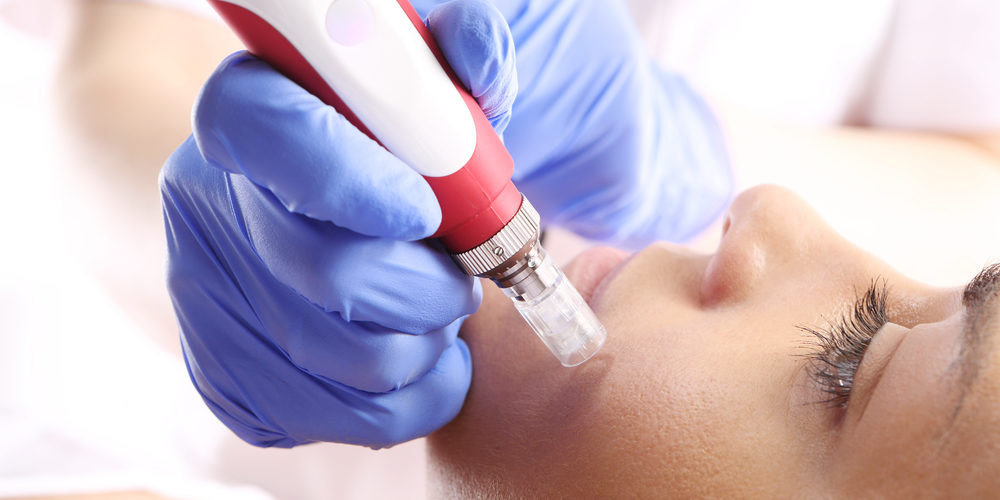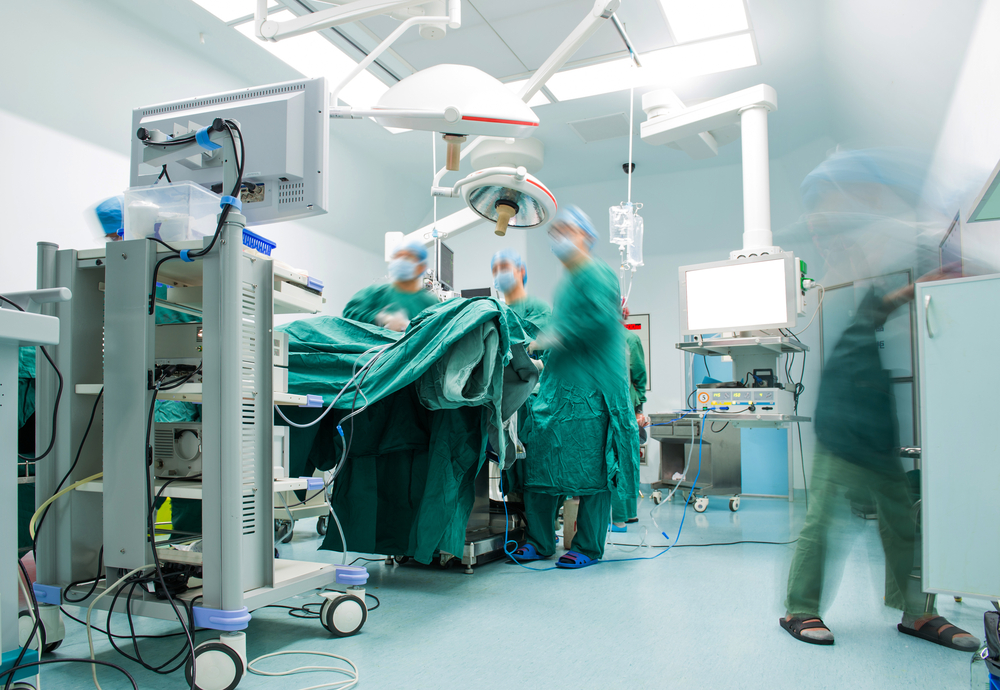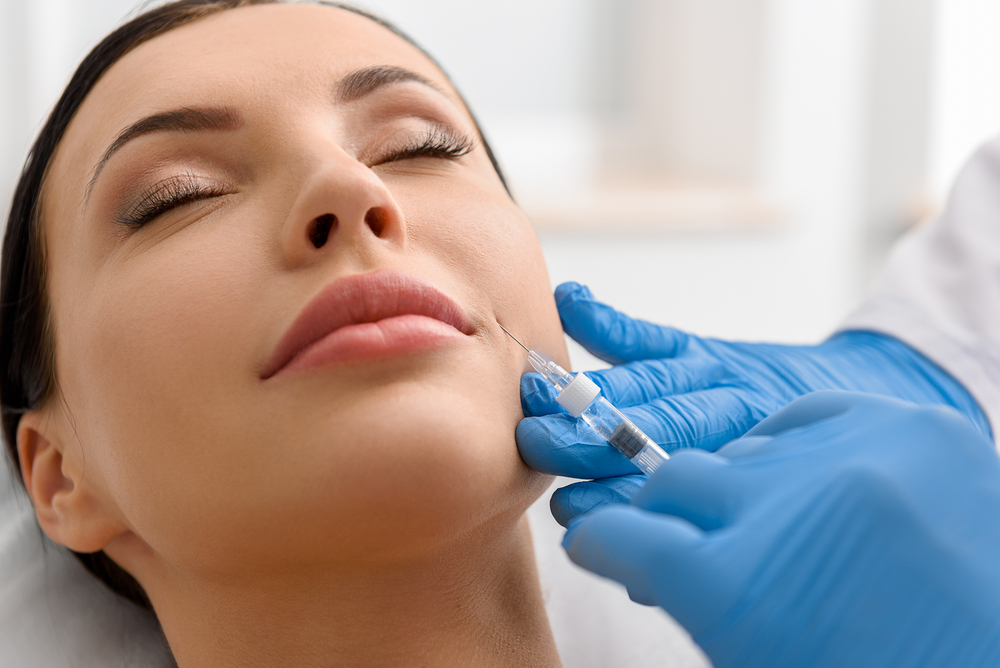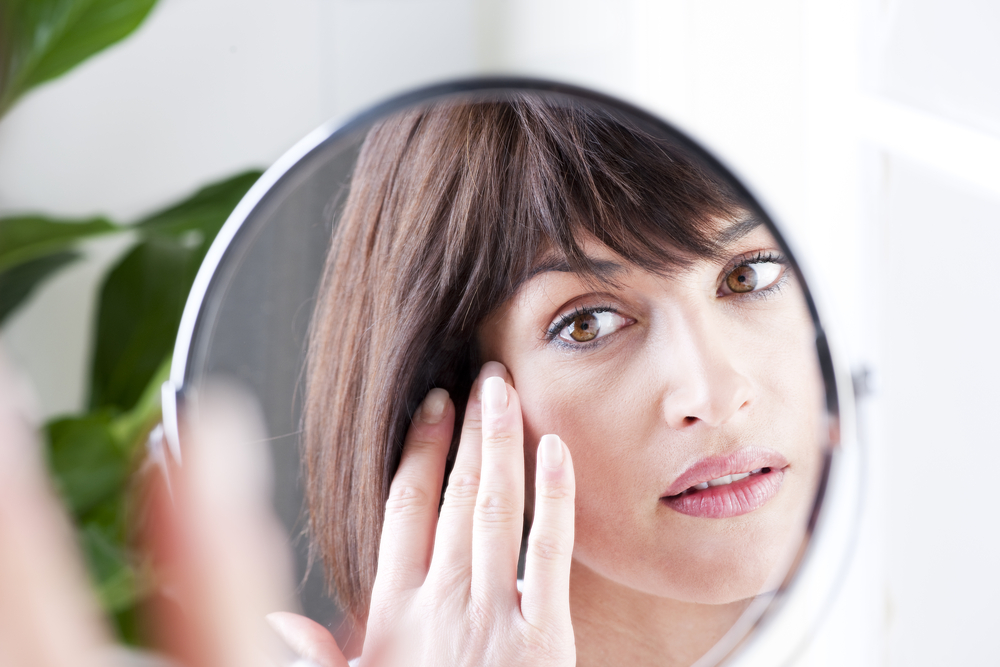According to the American Academy of Dermatology, a full 85% of Americans between the ages of 12 and 24 experience at least some form of acne. Later in life, the scars often remain as reminders of the emotional distress caused by the condition. These are some of the most effective and advanced treatments currently performed in dermatology and plastic surgery practices to minimize the appearance of acne scars.
What Causes Acne?
While no one knows exactly what causes acne, according to Dr. Emmy Graber, MBA, founder and president of The Dermatology Institute of Boston, possible sources include hormones, bacteria on the skin, the immune system, oil production, genetics, and stress – or a combination of any or all of these factors.
“People who have acne don’t necessarily scar,” she explains. “Some individuals who’ve experienced significant acne at some point in their lives are left with no visible scars, while others who only suffered minor acne do get scars.”
What has been shown, however, is that people who tend to pick or squeeze their acne blemishes, be they mild or significant, are much more likely to cause damage to their skin, resulting in permanent scarring.
Just as there are multiple factors that cause acne, there are several variations of scars that result from it. “Everyone’s scars are different,” notes Graber.
As Dr. Ben Behnam of Dermatology & Hair Restoration Specialists in Santa Monica, California, puts it, “Scars can consist of pigmentation, brown patches where acne had been, or red patches, most common in lighter skin tones, and/or depressions such as ice pick, rolling, and box varieties of scars.”
Treating Acne Scars
“There are many treatment options out there today,” says Graber. “But there’s no one-size-fits-all approach. Among the factors you need to consider when evaluating your treatment options are the cost, the amount of downtime you’ll need, the number of treatments required, and the potential of the treatment to actually improve the condition. Something else to consider is that the more aggressive the form of treatment, the more downtime will typically be required, but the aggressive approach results in fewer treatments,” she explains. “So they both have their positive’s and negative’s.”
It also depends on the acne scars themselves, as some procedures are better for certain types of scars. These are the primary treatment options currently available:
Pigmentation
Dr Behnam says that for scars that are essentially brown patches where acne used to reside, a topical bleaching cream combined with a Vitamin C regimen produces the best results. It typically takes between 3-4 months for results to occur, but the cost is relatively low.
“Another option for reducing the appearance of darker patches is a medium depth chemical peel,” says Behnam. “A peel is a more aggressive treatment and more costly, but may only require one application.” There are many types of peels, from deep to superficial, but as a general rule the lighter the peel the less expensive it is to treat.
Although chemical peels can be great for improving evenness of color, they’re not always a good choice over the summer months since post-treatment your skin needs to be protected from the sun.
Red Patches
“Whereas pigmentation is more typically found on people with darker skin tones, red patches are more common for those with lighter skin,” says Behnam. One option is oral antibiotics, which are anti-inflammatory medications that help reduce the redness.
Another alternative is a VBeam laser treatment, which is used specifically to treat red pigmentation often caused by dilated blood vessels, as with rosacea. Behnam says she finds that after three laser sessions, most of her patients experience a 50-60% reduction in redness.
Depressions
Removing or filling in scars that are like divots – often referred to as ice pick scars, ripples, rolling scars, flat shallow or box scars – usually demands the most difficult type of treatment, with varying levels of improvement possible. The following are a few of the more popular treatments doctors employ to deal with the problem.
- Dermabrasion
“While dermabrasion is not used quite as much as in years past,” says Graber, “it can help even out the skin’s texture. Dermabrasion involves rubbing an instrument across the skin to buff it out.” The downsides are that the procedure is higher risk and often “leaves people looking pretty beat up. The significant downtime required will allow the skin to heal, but of course not everyone can afford to stay at home recovering for so many days.” The deeper the treatment, the more substantial the downtime, but generally it takes between 5 and 8 days for the skin to grow back.
- TCA Cross Technique
For scars that are deep and narrow – aka the ice pick variety – Behnam prefers applying trichloroacetic acid directly into the scars. “Essentially, it’s a very targeted chemical peel that works best on lighter colored skin,” he says. The peel strength ranges from 10-100%, but Behnam has had the best results by using 80-100% strength and applying it directly onto specific scars with a cotton swab. Patients typically see a significant improvement after each session, which cost around $500-750 each.
- Laser Resurfacing
Where dermabrasion was the treatment option years ago, lasers are now all the rage. “The advantage of using laser technology to treat acne scars is that the process is customizable,” says Graber. There are at least 20 different types of lasers to treat acne scars. Some are light and require little to no downtime while others are aggressive and require numbing cream to reduce discomfort. The more aggressive lasers can accomplish more in one session, thereby requiring fewer additional treatments, but can also cause pink or red skin that is evident for weeks.
One type of laser that Behnam has found effective is the CO2 laser, which is used to drill a hole in the skin to boost collagen. “It is considered a fractional laser, says Behnam. “After 2-3 sessions patients typically see 60-80% improvement – but there is some downtime afterward.” The CO2 laser is strong and costs around $2,000 per treatment.
Another, less expensive laser option is the non-ablative variety, also known under the brand name Fraxel. The Fraxel laser applies heat to the skin to stimulate collagen production. “Patients typically see 40-60% improvement,” says Behnam, “and treatments cost around $800/session.”
- Microneedling
“Right now, microneedling is very popular,” says Graber. “It’s been around for a while. Microneedling consists of a series of treatments – the average is about four – where a lot of needles are placed on the skin and used to poke holes in the surface.” A solution can then be rubbed on top of the holes to make the healing process even more effective. And once the skin heals, it’s smooth.
- Punch Excision
Bad scars can also be surgically removed, according to Graber, using a procedure called punch excision, which actually cuts the scar out. “The indented scar is then replaced with a flat scar,” she says.
- Injectable Fillers
“Fillers are another treatment option,” says Graber, “which are injected into large scars to raise them. The a solution is placed under the skin to raise it up.” The major benefit for patients is that they see the improvement immediately, with no downtime whatsoever. Most fillers are not a permanent solution, however, and may need to be repeated. For this reason fillers are not as effective for patients with multiple scars – other treatment options are better.
- Subcision
“Rolling scars, which have peaks and valleys, are best treated with a technique called subcision,” says Behnam. With this treatment a needle is inserted into the skin to break up the scar tissue underneath that’s causing the textural changes.” Behnam has seen as much as 60-80% improvements with this option. Subcision is very effective and more economical than laser treatments when treating rolling scars.
- Radio Frequency and Other Recent Breakthroughs
“While these techniques are all in use today, there are a couple more that are gaining in popularity, thanks to the superior results plastic surgeons and dermatologists are seeing with them,” says Dr. Jack Zamora, an oculofacial plastic surgeon based in Denver, Colorado.
“You’ve heard of microneedling, which is FDA-approved and in use nationwide, but radio frequency-assisted microneedling is kicking that technique up a notch,” says Zamora. “When radio frequency technology is added to the typical microneedling treatment, we see a significant improvement over simple microneedling.”
The radio frequency energy creates inflammation that increases collagen production, reduces the bacterial load, and reduces sebum production. There is no downtime with this option and patients typically need at least three sessions, which cost about $500-900 each.
“The other state-of-the-art technology now in use in some surgeon’s offices is J-Plasma facial resurfacing, which uses plasma energy to almost erase acne scarring in one treatment,” says Zamora. Doctors can be much more aggressive with this treatment because the technology works at -200 degrees, rather than at higher temperatures and with less precision than other lasers have.
Although J-Plasma is not yet FDA-approved, the plastic surgeons currently using it have found it “tremendously promising,” says Zamora. A full face treatment costs $7,500 and has a three-week downtime, but there is no need for additional sessions or treatments. “I’ve been amazed by the effects on the skin’s surface,” says Zamora. “There’s a 100% improvement.”
The Best Time to Treat Acne Scars
To get the best results in minimizing the appearance of acne scars, it’s important to wait until you’re no longer breaking out. “You need to get the acne under control before beginning treatment,” says Graber. “Otherwise, you may make it worse or find you need to repeat the whole process once the active acne is cleared up.”









